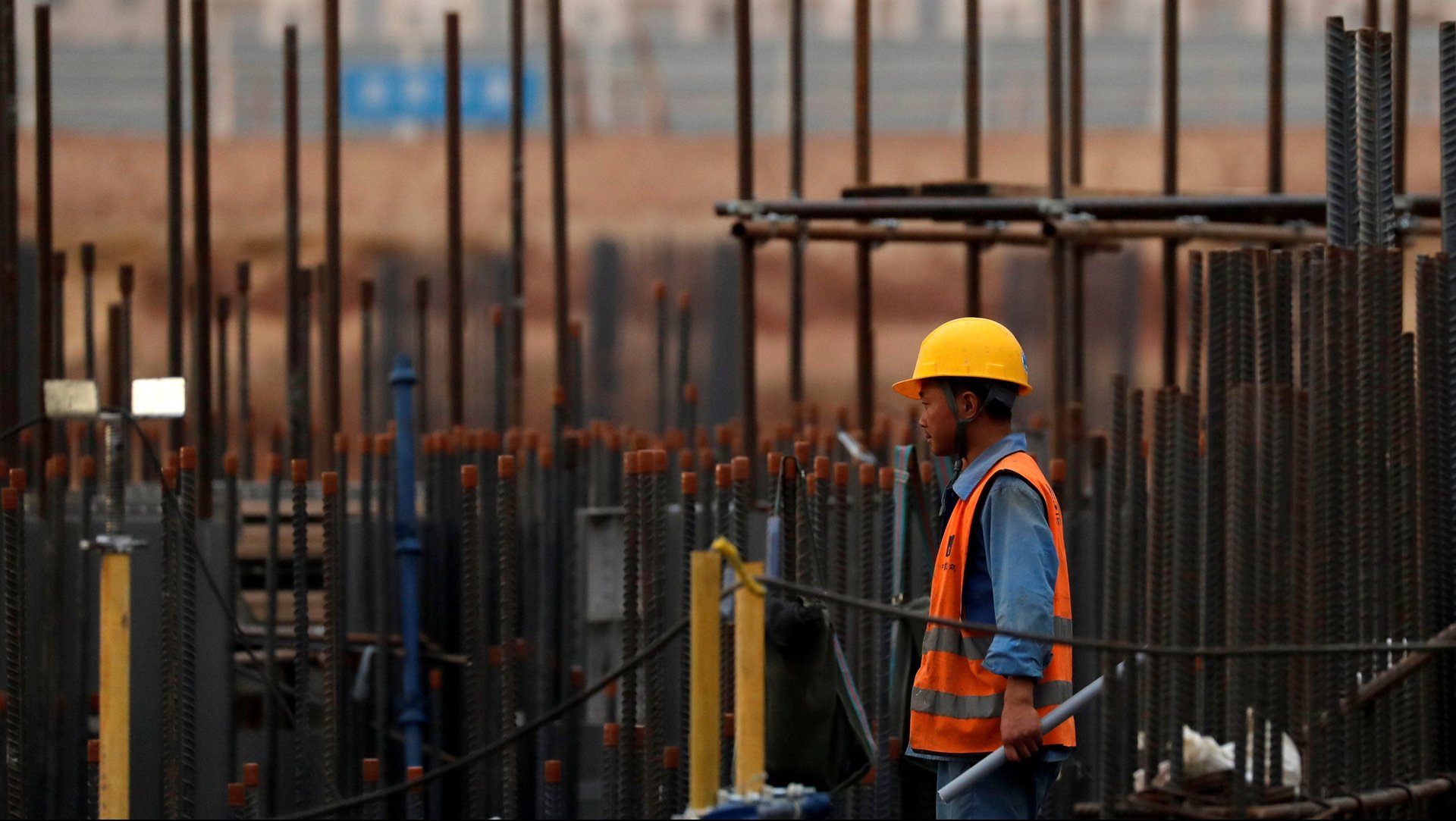The success of China’s Belt and Road depends on global cooperation not competition
Since its inception in 2013, opportunity and anxiety have pervaded China’s Belt and Road Initiative. The transcontinental development project has been described as a 21st century Silk Road seeking to expand trade, increase connectivity, boost foreign investment, and ultimately reduce poverty. Yet the project has also been dogged by controversy, with criticism that new infrastructural costs were burdening poor nations with debt.


Since its inception in 2013, opportunity and anxiety have pervaded China’s Belt and Road Initiative. The transcontinental development project has been described as a 21st century Silk Road seeking to expand trade, increase connectivity, boost foreign investment, and ultimately reduce poverty. Yet the project has also been dogged by controversy, with criticism that new infrastructural costs were burdening poor nations with debt.
A new report suggests the merits of the scheme could be multiplied if leading economies can overcome geopolitical tensions and collaborate to fund key projects. The report from consultancy Silk Road Associates and global law firm Baker McKenzie forecasts five scenarios showcasing how the 2020s could be “a golden era” for emerging market infrastructure investment. The study looked at potential BRI investment in over 150 countries involving plans for railways, ports, roads, and more.
The most optimistic prediction was the “global cooperation model” which saw an investment of $1.32 trillion if governments, private capital, and multilateral development banks struck formal relations with China. On the opposite end stands the “unipolar model” where protectionism and increased tariffs will see spending fall to $560 billion between 2020 and 2030. This means political reprisals, currently manifested in the ongoing US-China trade war, could cast a pall over investment and business growth totaling almost $800 billion.
China rarely publishes data around its financing arrangements but the World Bank estimates BRI investment in 70 corridor economies excluding China is up to $575 billion. In most of the trend predictions, Southeast Asia and sub-Saharan Africa get the biggest percentage of funds, with many of the projects expected to be of average size and smaller value.
Although Beijing’s activities in Africa have become widely diversified ($) over the past two decades, a renewed emphasis on infrastructure construction has been seen with the announcement of the Belt and Road Initiative. Beijing is currently the largest infrastructure funder in Africa, helping develop or upgrade ports, rail lines, and power plants from Nigeria to Djibouti. But as BRI has spread its foothold, critics have raised questions about the projects’ commercial viability with countries from Sierra Leone to Ethiopia delaying, suspending or renegotiating deals.
Besides calling for more global alignment in investment, the report says the BRI could further succeed if stakeholders agree to “greening” the multi-billion-dollar scheme and dealing with negative environmental consequences. This would involve, says Baker McKenzie’s Asia Pacific chair Ai Ai Wong, “developing renewable energy generation, lower-emission transport systems, and smart city infrastructure that allows for a more sustainable future.”
Sign up to the Quartz Africa Weekly Brief here for news and analysis on African business, tech and innovation in your inbox